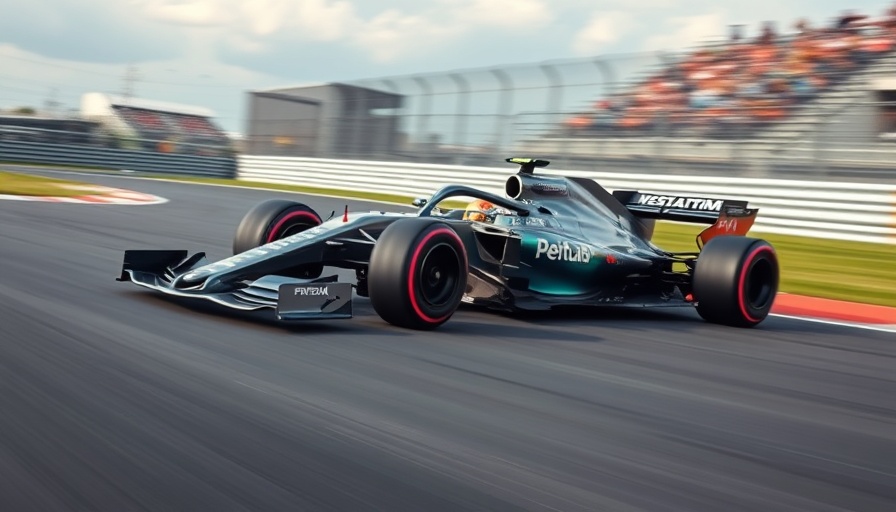
The Impact of Stiffer Front Wings on F1 Performance
In a significant update within Formula 1, Mercedes has unveiled how the introduction of stiffer front wings will affect the aerodynamic balance of their cars. This change, spurred by new stringent load tests, is poised to make the vehicles more sensitive, particularly during high-speed cornering.
Understanding the New Regulations and Their Implications
For the 2025 season, the FIA has implemented a stricter set of regulations to govern the flexibility of front and rear wings. The updated rules specifically dictate that under applied loads, front wings must deflect less than previously permitted—10mm instead of 15mm under symmetrical load and 15mm instead of 20mm under asymmetrical conditions. These changes reflect a growing concern that certain teams have exploited aerodynamic flexing, sometimes referred to as "flexi-wings," to enhance performance, leading to issues with fairness in competition.
What Does This Mean for Teams and Drivers?
Mercedes' technical director, James Allison, highlighted that the stiffer wings would cause cars to feel "more nervous" in high-speed corners, altering the driver's handling experience. While this poses challenges, teams can adapt their setups to cope with the changes, maintaining competitiveness. Allison emphasized that while cars might not perform optimally due to these adjustments, the uniformity in regulations means all teams face the same difficulties, keeping the competitive landscape relatively balanced.
The Benefits of Flexibility: A Double-Edged Sword
Historically, flexible front wings have contributed to improved aerodynamic efficiency, allowing teams to harness better downforce while reducing drag, thereby achieving higher speeds on straights. However, with the new regulations clamping down on this flexibility, teams must now find alternative methods to optimize their vehicles. This change underscores the necessity of innovation and adaptability in the high-stakes environment of Formula 1 racing.
A Look Ahead: What’s Next for Formula 1 Aerodynamics?
As the season progresses, teams will need to refine their strategies to navigate the new aerodynamics landscape. Observers and fans alike are eager to see how these regulatory adjustments will impact race outcomes and team performances, particularly in critical races where every second counts. The adaptations brought by these rules could lead to a resurgence of innovative engineering tactics within the sport, highlighting the ongoing evolution of Formula 1 technology.
 Add Row
Add Row  Add
Add 

 Add Row
Add Row  Add Element
Add Element 




Write A Comment